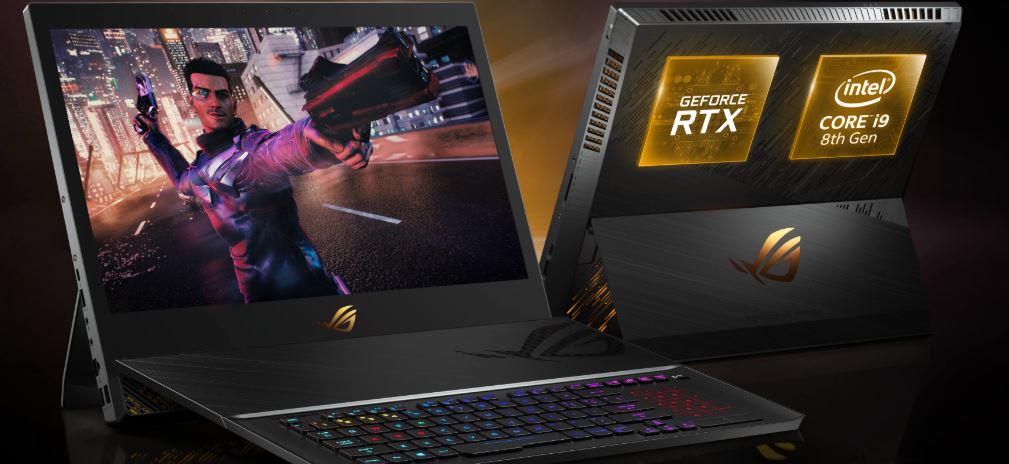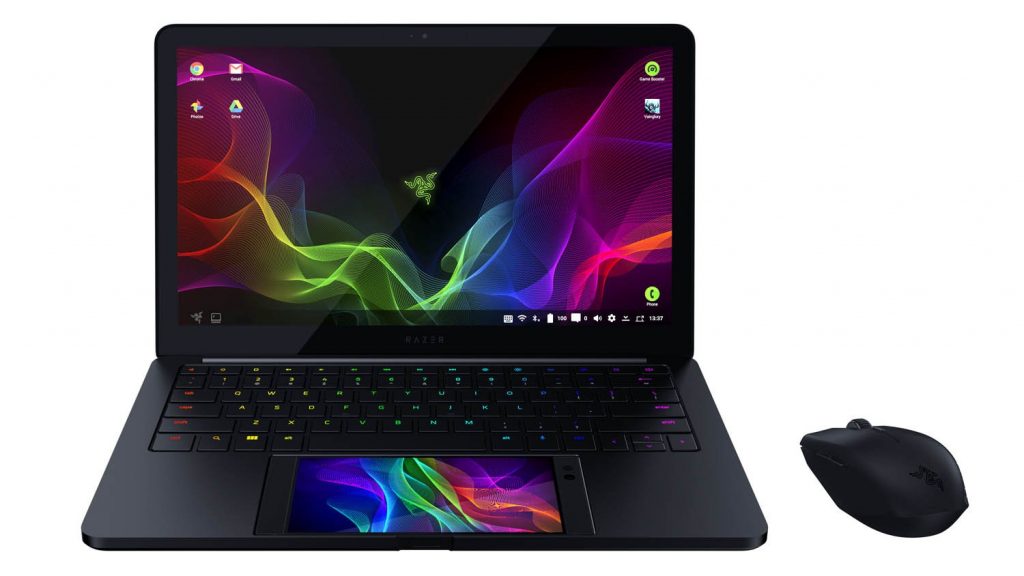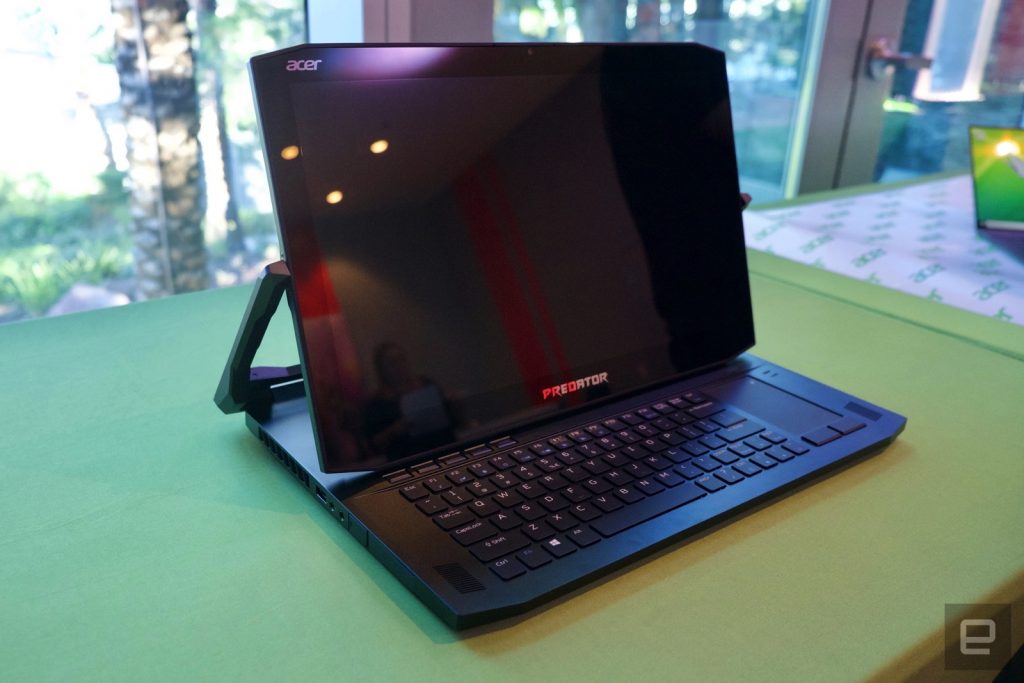2019 Gaming Laptops From CES

Image Source: ASUS.com
CES last January has some pretty nifty items. We got robots, TVs, and some smart devices and 5G devices. But of course, we can’t talk about CES without the laptops. And just like last year, this year’s CES has a great line-up of laptops, particularly the ones meant for gaming. Gaming laptops are a niche. The thing about gaming is that it needs power and gamers are familiar with the limited capacity of laptops when it comes to gaming because they have very specific parts, and sometimes you can’t even replace some of the parts or that they are incompatible with the better parts. But that era is ending with the entry of gaming laptops.
Flashback
It’s hard to find the earliest recorded example of a gaming laptop, particularly because they usually fly under the radar of most gamers. Even today, gamers believe that laptops are under-powered and that they don’t have the capacity to become a hardcore gaming rig, unlike the desktop. But even before 2010, there have already been brands that are dedicated to selling PC gaming hardware. Gamers, after all, have been gaming on the PC since the 1980s, so you can expect that, after 20 years of technological innovations to the PC, there will be a dedicated number of people who play games on the PC, hence the need for brands that sell gaming-specific hardware. Today, names like Asus’ Republic of Gamers, Razor, and Alienware are already considered “long-time players” in the industry.
Though it isn’t officially meant for gaming, the most powerful laptops of the year are thought to be good enough for playing games on. Ten years ago, one of the best laptops that can be used for gaming contains a 2.26-GHz Intel Core 2 Duo P8400 CPU and just 3 GB of RAM. Nowadays, you’re looking for the laptop with a Core i9 CPU, a GeForce RTX 2080 GPU, and a whopping 64 GB of RAM. And compare all the heat generated by older laptops with the heat generated by newer laptops. The laptops of the yester era are relatively cooler than the ones we have now.
Current State

Image Source: Business Insider
So this year, we got our usual suspects: Asus’ Republic of Gamers (ROG), Dell Alienware, and Razer. Their entry of this year is pretty much the definition of power when we talk about laptops. For Asus, last year we got the ROG Strix SKT T1, which is powered by a Core i7 and a GTX 1060. This year, they took it up a notch with a Core i9-powered ROG Mothership that doesn’t look like a gaming laptop at all. It’s more like a desktop PC-laptop hybrid rather than a conventional laptop.
Razer released a mobile phone meant for gaming in 2017 (and made a sequel device for it last year) that made waves when they unveiled Project Linda, where the Razer phone slaps into a laptop accessory and now, the phone powers the whole laptop. The laptop’s prototype was featured in CES last year and what’s amazing is that it is already a working prototype. So it was a bit of a let down to hear that Project Linda is still not ready yet. Instead, we’re getting Razer Blade Advanced, which is the successor to the Razer Blade 15 last year. The Blade Advanced features either a GeForce RTX 2060, a GeForce RTX 2070 Max-Q, or a GeForce RTX 2080 Max-Q GPU. Compared to the Blade 15, the Advanced uses a Single Storage SSD instead of the 15’s Dual Storage. It is also thinner by 0.08 inches.
Alienware was running a demo of Final Fantasy XV in their booth last year while presenting their lineup of laptops and monitors. We got Alienware 15 and 17 as their lineup for their laptops. This year, they added the Alienware Area-51m which is a 17 Inch gaming laptop running an Intel Core i9 9900K. And what sets it apart from the other laptops is that it is designed to be customized so that the user can extend the lifespan of the laptop. Everything that came with the laptop by default can be replaced eventually.
Other Laptops

Image Source: Engadget
If those don’t impress you, then try out MSI’s GS75 Stealth, which is an improved version of last year’s GS65 Stealth Thin. Both laptops made an appearance this year and both are now using a GeForce RTX 2080 graphics card. The GS75 uses a Core i7 processor and can have up to 32GB of RAM.
Acer’s Predator Triton is kind of like a mixed bag: on one hand, it is only using 16GB of RAM. On the other, it’s using a Core i7 processor so it can’t be all that bad. It’s also got a 1TB SSD storage and that’s great for games that take up too much space in the drive.
Conclusion
CES 2019 had some great things this year. The laptops just keep on getting more and more powerful. Hopefully every gaming laptop switches to Core i9 next year and, maybe, Razer finishes Project Linda.